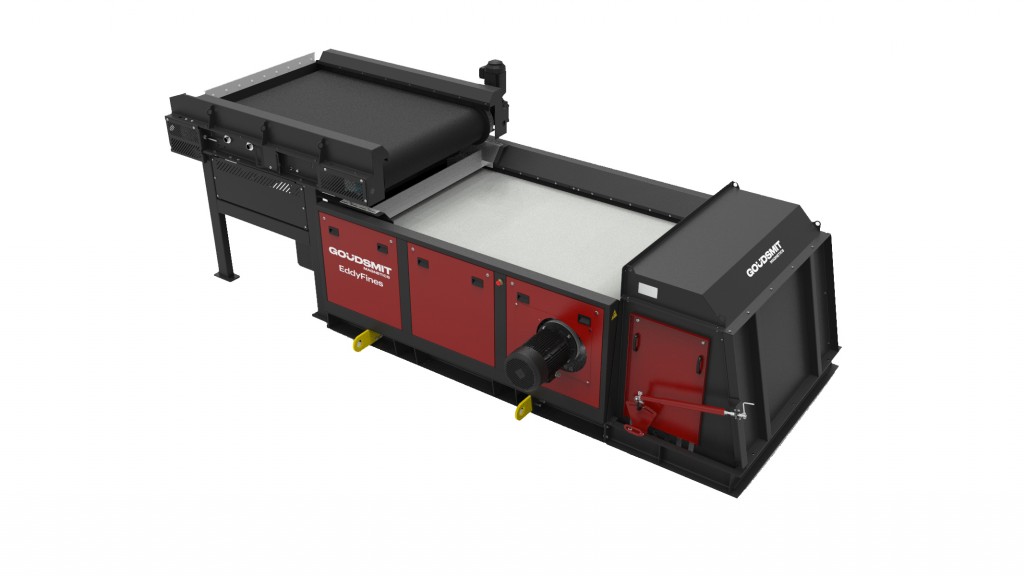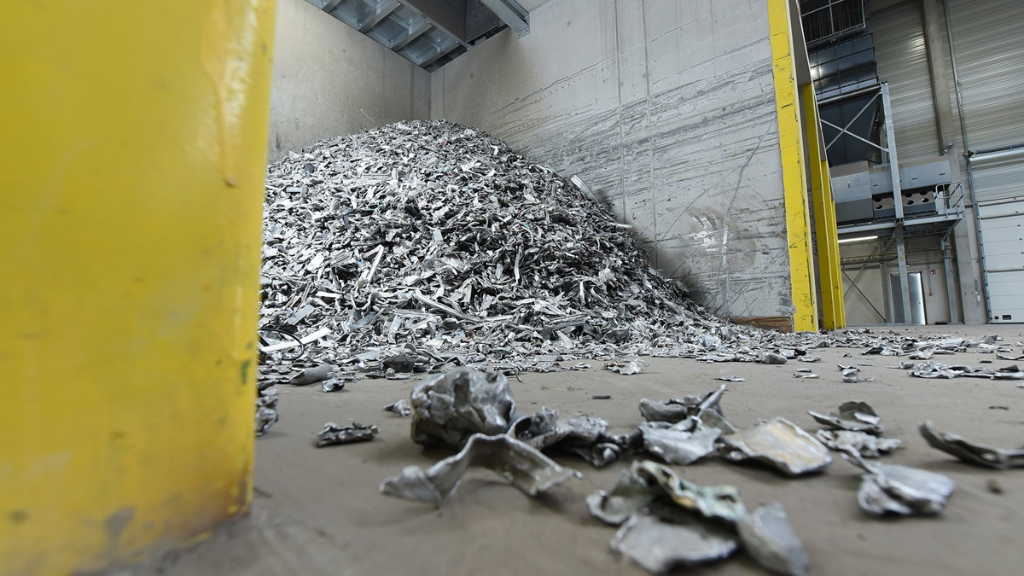
Goudsmit Magnetics has released an upgraded eddy current non-ferrous separator which allows for control unit expansion with an IOT (Internet of Things) module, making the machine suitable for almost any product flow, in recycling and other applications.
The new module sends all important data to a dashboard through the internet, which allows operators to see the performance of a machine at a glance. The internet connection also offers the option of remote assistance. The Goudsmit service team is available online to monitor, resolve any malfunctions and carry out software updates. According to Goudsmit, this saves a lot of time and therefore increases the uptime of the eddy current separator. The connection with Profinet also makes it possible to integrate a non-ferrous separator in a machine line. In this way, everything works together and the line can be controlled centrally.
Mechanical upgrades have also been made. For instance, the EddyXpert and EddyFines machine lines have been brought closer together to enable the interchangeability of modules. For companies that want to expand their systems in the future with, for example, a drum magnetic separator or other separation system, these can easily be replaced or exchanged with another module.
Glass, wood or bottom ash examples have proven the advantages of smart module combinations and show that the eddy current separator can be cleverly combined for every product flow and requirement. For glass recycling, for example, the company supplies eddy current separators with manganese steel wear plates on the vibratory chute, drum magnet and/or the separation plate. Together with a wear-resistant rubber conveyor belt, this is the ideal combination for glass recycling.
For the small fraction of bottom ash recycling, Goudsmit uses a 38HI magnetic rotor in combination with a feed belt separator instead of a vibratory chute. This helps to prevent caking of the cement-like mass and results in the best possible separation.



